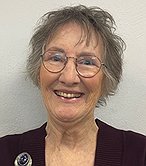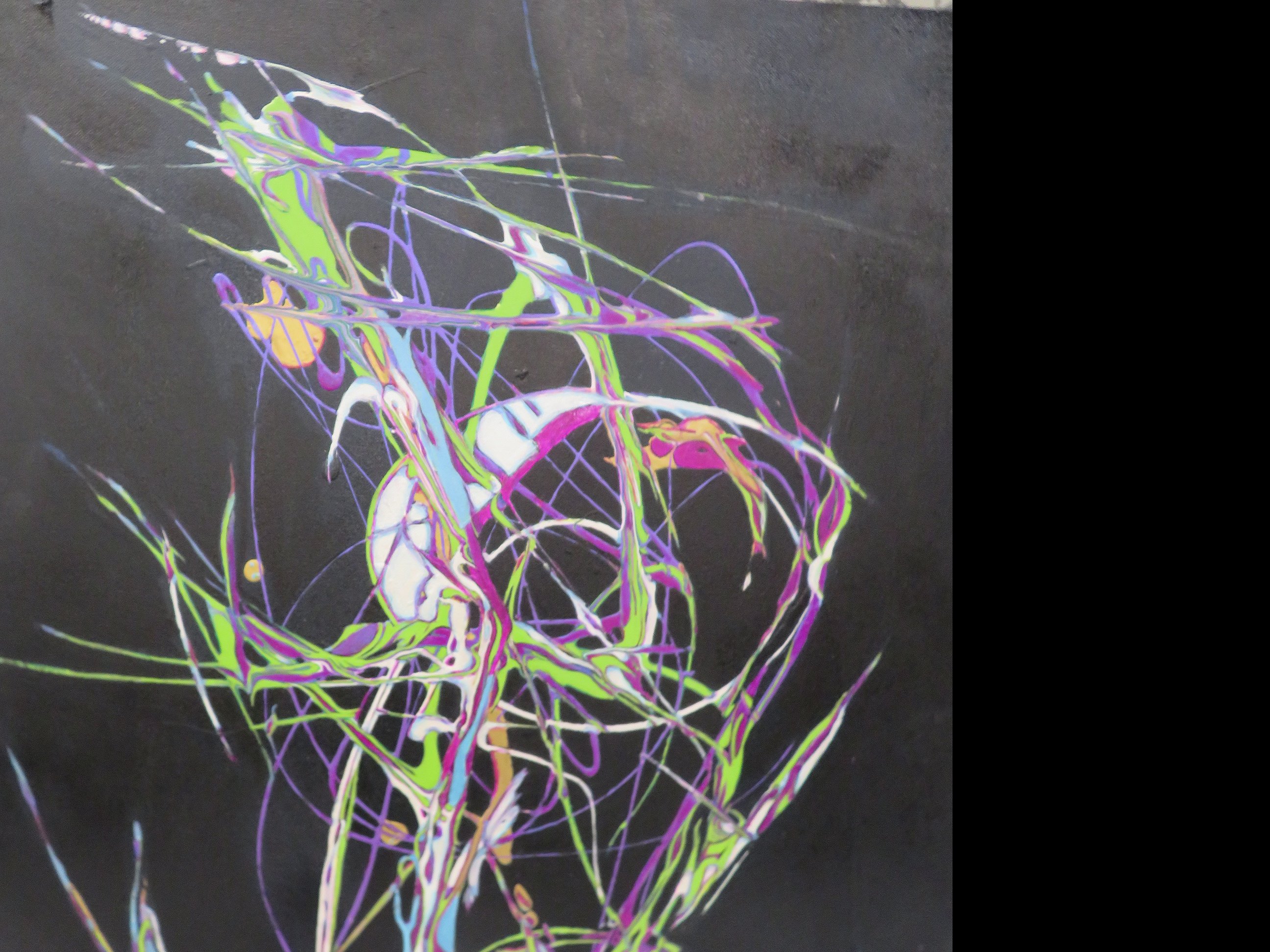ART INSIGHTS: Abiding abstracts
DIANE BARRON/Contributing Writer | Coeur d'Alene Press | UPDATED 1 year AGO
They are here to stay!
Modern art embraces many movements and attitudes, and abstract art generally refers to that which is non-figurative.
In pure form, it exists without any reference to anything in our visual world. Shape, form, color, line and texture create the composition. Most abstracts are born out of spontaneous expression and may suggest any emotion. The movement grew out of counter-traditional art. As we try to make order out of what is seemingly chaotic, we may detect familiar shapes. We can fine-tune the abstract to our own interpretation and needs. You didn’t get the punch line? You can relax, as here there’s nothing to get!
Being the first to create a certain look of "nothingness" has counted. Though their paintings may not be figurative, those done by famous artists are recognizable as being theirs. Making a successful piece still relies upon one’s understanding and application of the elements and principles of design. Bad is still bad. Ugly is still ugly. Abstracts are art critics' darlings. They’re the decorator’s choice in high-end dwellings and commercial buildings. Ideal for filling a large space, they can be commanding yet not demanding. The viewer is offered an open-ended spectacle. Attributes, such as a certain color, can be repeated in other accent pieces like pillows and carpeting.
Most historians credit Hilma af Klint (1906) and Wassily Kandinsky (1910) with being the first artists to present pure abstracts. After World War II, a progressive American movement dubbed Abstract Expressionism exploded and was soon widely accepted. Jackson Pollock placed a mural-sized canvas on the floor. Leaning around it, he dripped, poured and splashed enamel or aluminum paints. He earned the nickname, “Jack the Dripper.” Done in 1948, his No. 5 sold for $140 million in 2006. William de Kooning’s "Interchange," done in 1955, sold for $300 million in 2015.
Not their only focus, Coeur d'Alene Art Association members shared the “why” of their painting of abstracts:
“Beginning my creative journey as a watercolor artist, I was always challenging myself with different styles and techniques," President Vivian Farmer said. "At an ‘abstract’ workshop 15 years ago, I fell in love! Splattering and throwing color on canvas is like opening a present … every time. It’s freeing, as there are no rules. Texture and color, which I love, lend themselves to this style of exploration.”
Phil Free haunted Haight-Ashbury in the 1960s and has done abstracts ever since. She’s inspired by listening to favorite music, like Led Zeppelin, Jimi Hendrix and the Doors. Her energy and emotions flow out and spill onto the canvas. She finds it to be a great release. She is pleased if others find recognizable things within. She often sees birds.
“Why abstract art? Why not?" Keith Sluder said. "I’m a realist, and it frees my mind and imagination to let my creative soul run with the wind and taste the colors of forever.”
"Freeing" seems to be the word.
•••
Diane Barron is the secretary for the Coeur d'Alene Art Association and the 2023 Artist of the Year.







